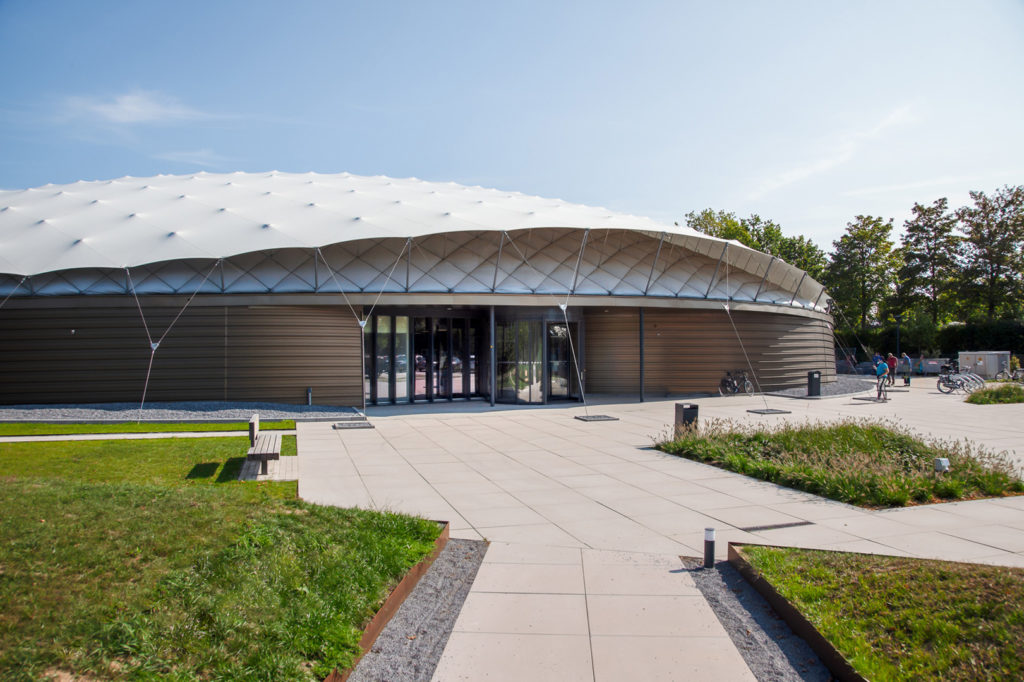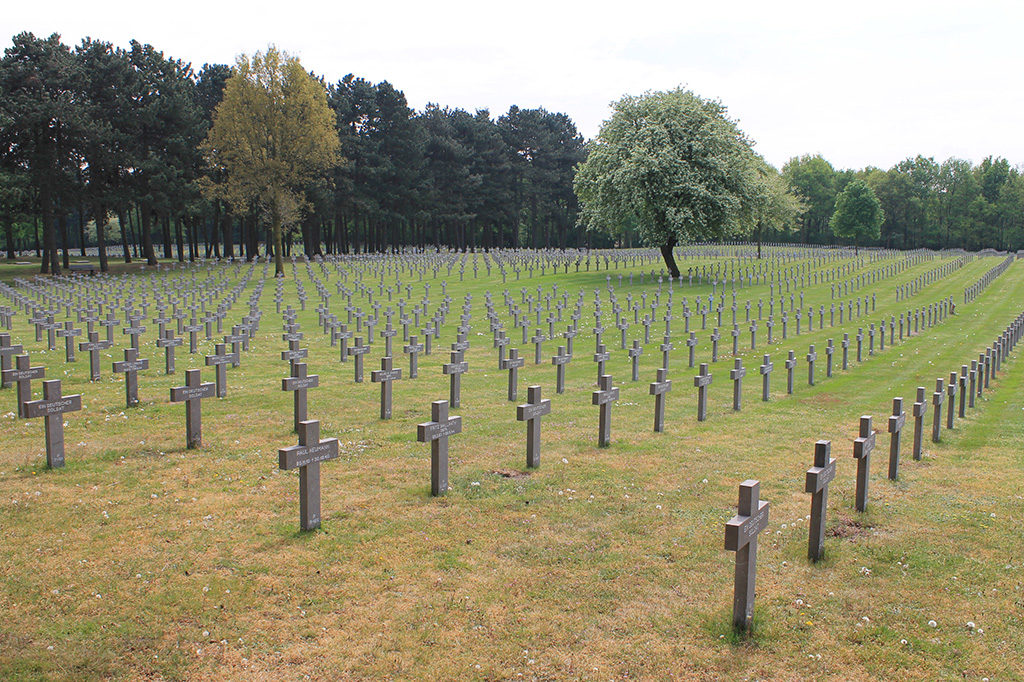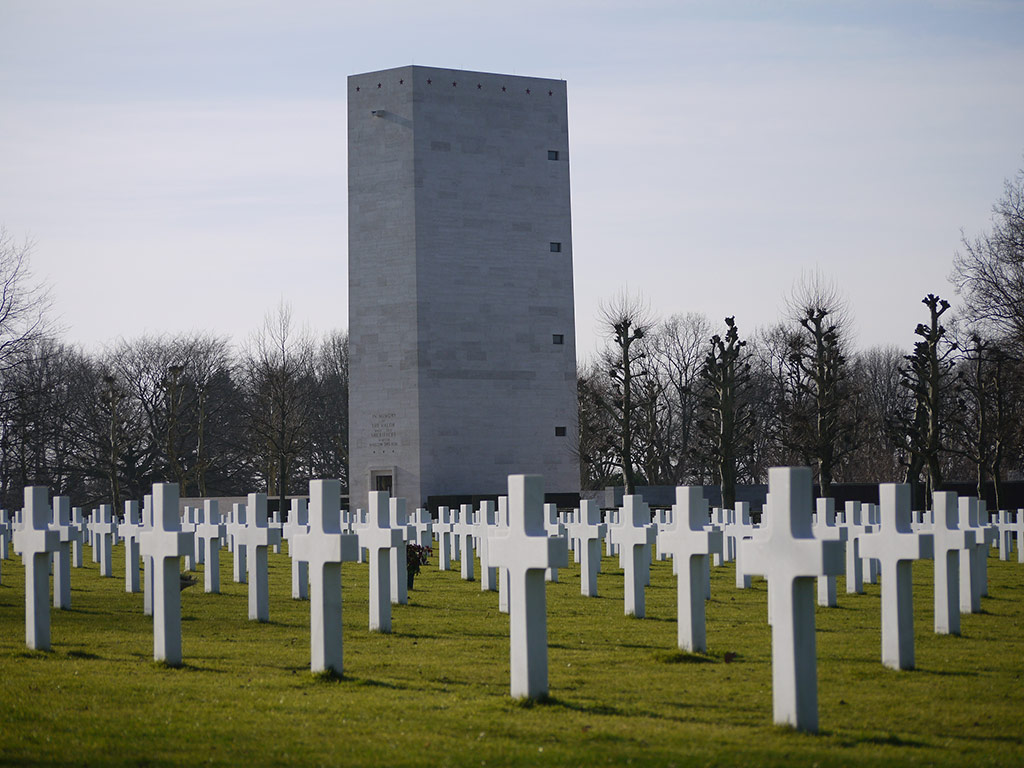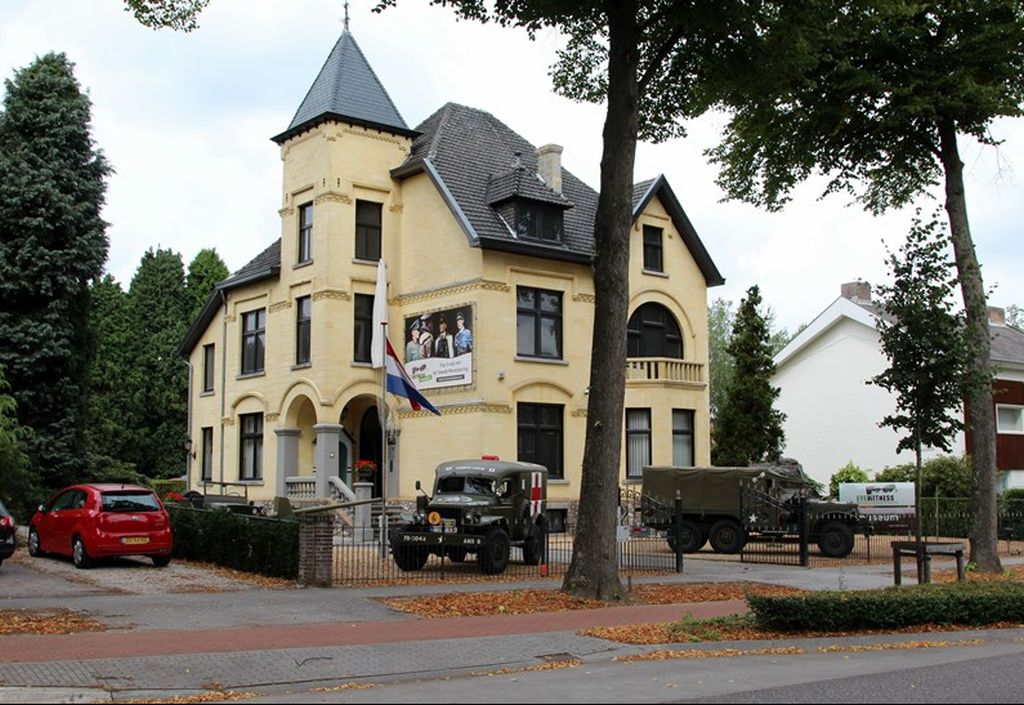
Rough Guides: Travel the Liberation Route Europe is a travel guide dedicated to remembrance sites and itineraries all over Europe.
Order your Rough Guides now!The Second World War cost the lives of many civilians in Limburg, and a large number of towns and villages were destroyed by bombings and artillery battles. Various cemeteries, too, bear witness to this dark chapter in Limburg’s history. Almost 8,500 American soldiers, who perished during the liberation of the Netherlands, lie buried at the Netherlands American Cemetery and Memorial in Margraten. Other big war cemeteries can be found at Overloon for British soldiers, and the German War Cemetery Ysselsteyn was constructed in the Municipality of Venray for the 31,000 German soldiers who lost their lives here.
Arrival to Maastricht. The south Limburg region witnessed the first incursion of the Allied Forces into the Netherlands and the place where the liberation of the Netherlands had begun.
Day 2City tour of Maastricht, followed by travel to the city of Margraten and a unique visit to the Netherlands American Cemetery and Memorial, the only American military cemetery in the Netherlands. The U.S. 30th Infantry Division liberated this site on 13 September 1944. Here rest 8,301 American military and was designated a cemetery and monument to the fallen on 10 November 1944.
Day 3Departure northwards to the city of Beek to visit the Eye Witness Museum. The museum tells the story of the fictitious German paratrooper August Segel, who joined the German forces in 1935. Thereafter, continue to Roermond, which became a city at the front at the end of December 1944 after the Allies had liberated parts of south Limburg, but their advance has stalled there. On the way to Nijmegen, stop for a visit to the German War Cemetery Ysselsteyn. In the afternoon arrival in the Arnhem-Nijmegen area and visit to the National Liberation Museum Groesbeek.
Day 4End of tour.




